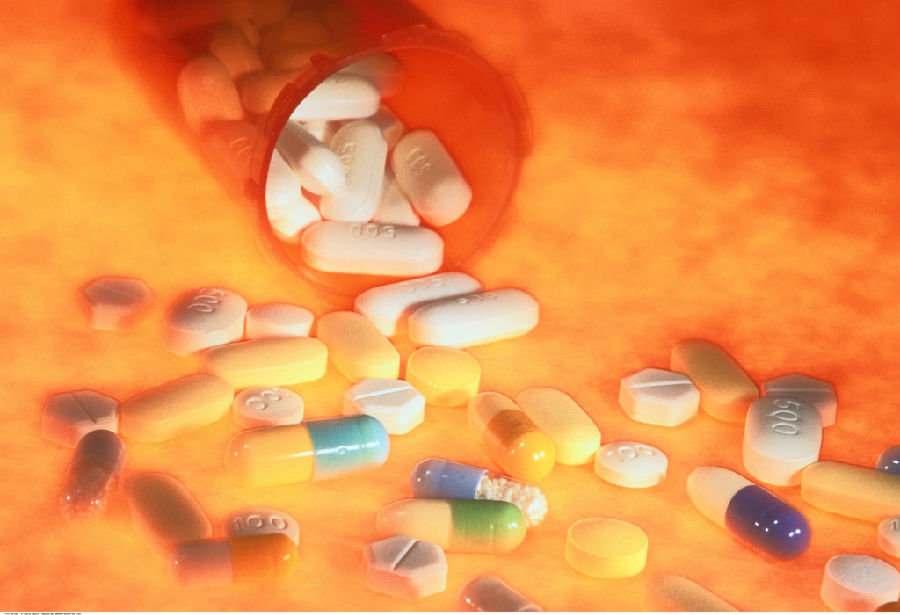(单词翻译:单击)
In 1906, the US government sets standards for drug quality and purity.
1906年,美国政府制定了药品质量和纯度标准。
There are 2 official publications: the United States Pharmacopoeia, USP, and the National Formulary.
两个法定出版物为《美国药典》(USP) 和《国家处方集》。
They set standard for drug strength, quality, purity, packaging, safety, labeling and dosage form.
它们规定了药品的药力、质量、纯度、包装、安全、商标和剂型的标准。
In Canada, the British Pharmacopoeia, BP, sets similar standards.
加拿大使用《英国药典》规定了类似的标准。

These publications are important.
这些出版物十分重要。
With the standards, physicians, nurses and pharmacists can make sure that patients get pure drugs in safe and effective dosages.
医护人员和药剂师依据它们可以保证患者服用安全、有效的纯净药物。
Accepted standards must be met in 5 areas:
以下五方面的通用标准必须满足:
a, purity. Manufacturers must meet purity standards. The standards refer to the type and concentration of extraneous substances that are allowed in drug products.
一,纯净度。生产商生产药品必须达到纯度标准。标准中规定了药品的剂型和和非活性成分的浓度。
b, potency. The concentration of active drug in the preparation affects the strength or potency.
二,药效。药品中活性药物成分的浓度决定药品的药力和药效。
c, bioavailability. The ability of a drug to be released from its dosage form, and resolved, absorbed, and transported by the body to its site of action.
三,生物有效性。这是指药品从其药剂形式溶解吸收,并被输送到体内作用部位过程中的利用度。
d, efficacy. Detailed laboratory studies can help determine a drug's effectiveness.
四,药效。药品的效果需要经过精细的实验室研究才能被确定。
e, safety. Drug should be continually evaluated to determine their side effects.
五,安全性。药品需要被不但检验,以确定其副作用。
译文属可可原创,仅供学习和交流使用,未经允许不得转载


